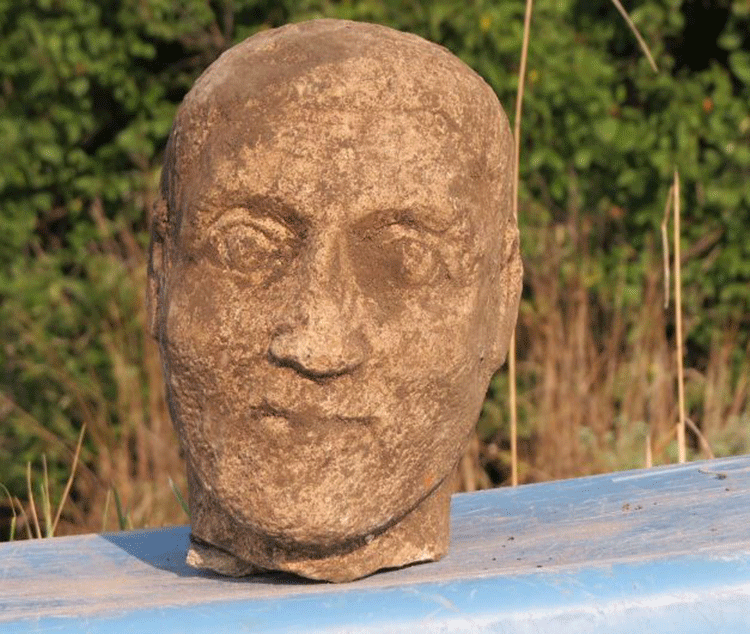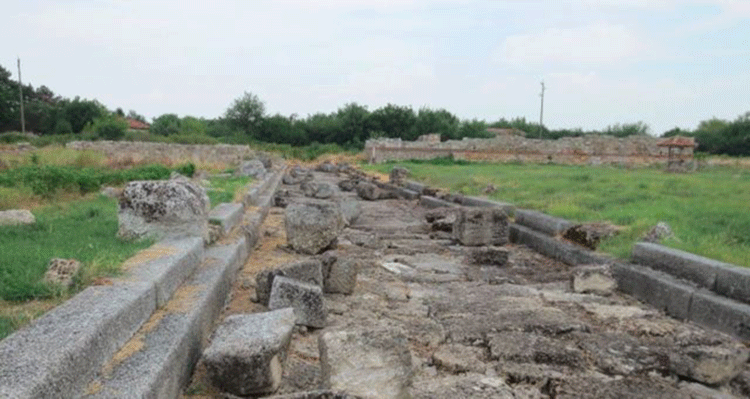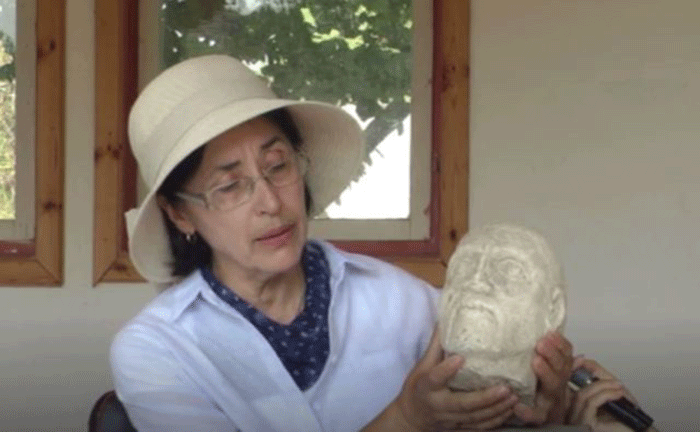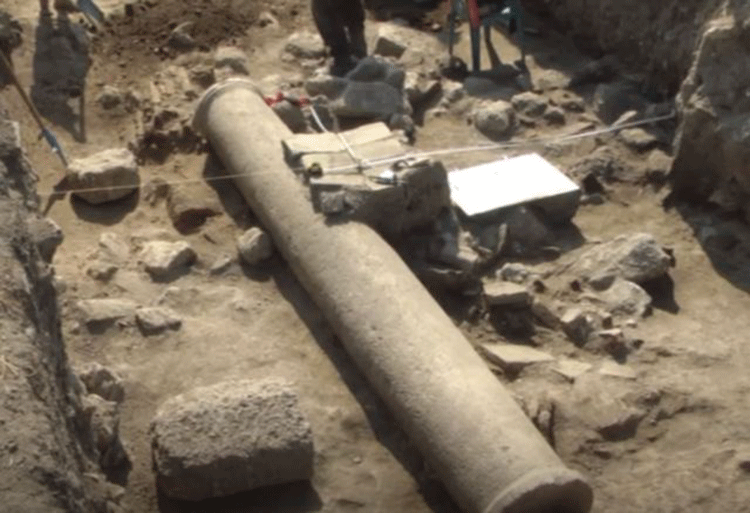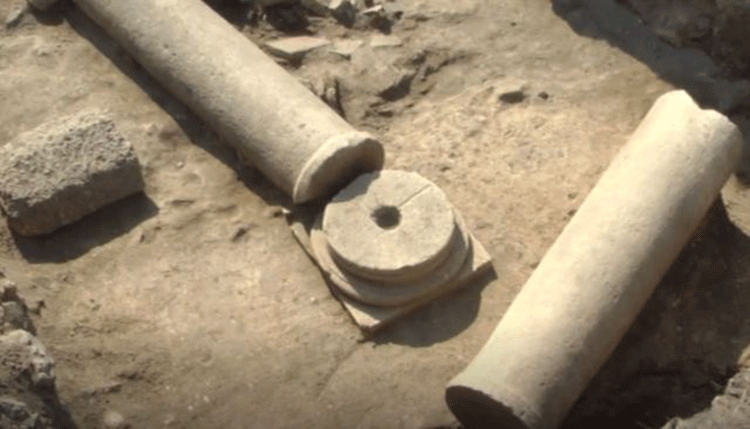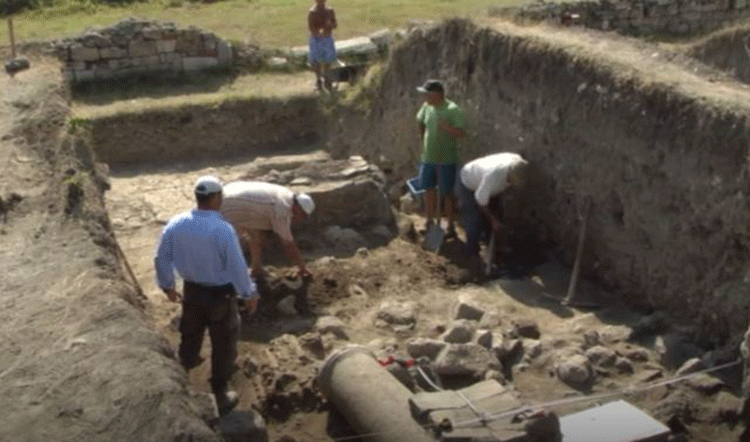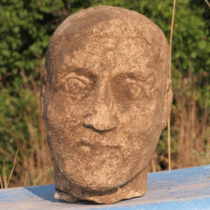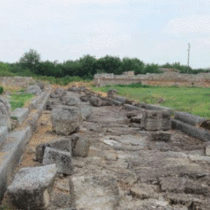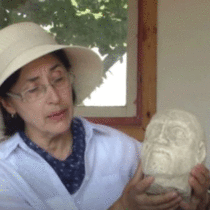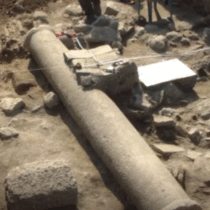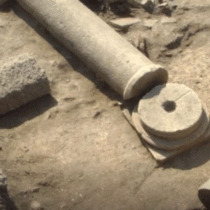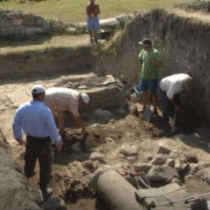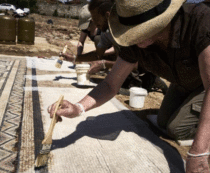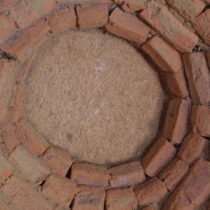Archaeologists in Bulgaria have discovered a statue head thought to depict Roman emperor Aurelian. The head dates to the 3rd century AD and the discovery was made in the ancient city Ulpia Oescus, a significant Roman colony.
Archaeologists Gergana Kabakchieva, an associate professor with the National Institute and Museum of Archaeology in Sofia and her team highlighted the significance of the discovery, as Roman statues and heads in particular are a rare find.
The ruins of Ulpia Oescus are near Gigen, a small town of the Gulyantsi Municipality in the Pleven District of Northern Bulgaria. Along with two other cities, Ratiaria and Deultum, it was a colony of Rome, the only three in the area, comprising about 100,000 inhabitants. It was the place where Emperor Constantine started building the famous Constantine’s Bridge on the Danube, the largest one in Antiquity.
The head is made of marbleized limestone and the hairstyle, chin and eyes, as well as its head indicate that it depicts emperor Aurelian; it was about 1.5 metres tall, a bit smaller than life size. The condition of the item indicates that in Late Antiquity or perhaps Early Middle Ages it was used as a building block. That is why the ears were damaged. But the head didn’t fit with the rest of the building blocks and was left in a pit where archaeologists unearthed it.
Another significant discovery made in Ulpia Oescus this summer was a marble colonnade, which offers valuable information on the building itself. The colonnade is located in the western part of the central residence, and it could have been the entrance to the building. Constantine the Great might have entered through it when he arrived in Ulpia Oescus to build the Bridge. The building, which was a massive residence, has yielded other significant findings in the past, such as Roman floor mosaics dating to the time of Emperor Septimus Severus featuring a scene from the “Achaeans”, a lost play by Ancient Greek playwright Menander (342-291 AD) from Athens. The mosaics actually revealed the play ever existed, identified by an inscription reading “Achaeans by Menander”.
The discovery of the colonnade has made an impact on the archaeologists’ perception of the architectural development of the complex, which they now believe was in western direction probably reaching the main north-south street. It has also made archaeologists re-examine the size of the initial building as it indicates it was much larger than previously thought.
